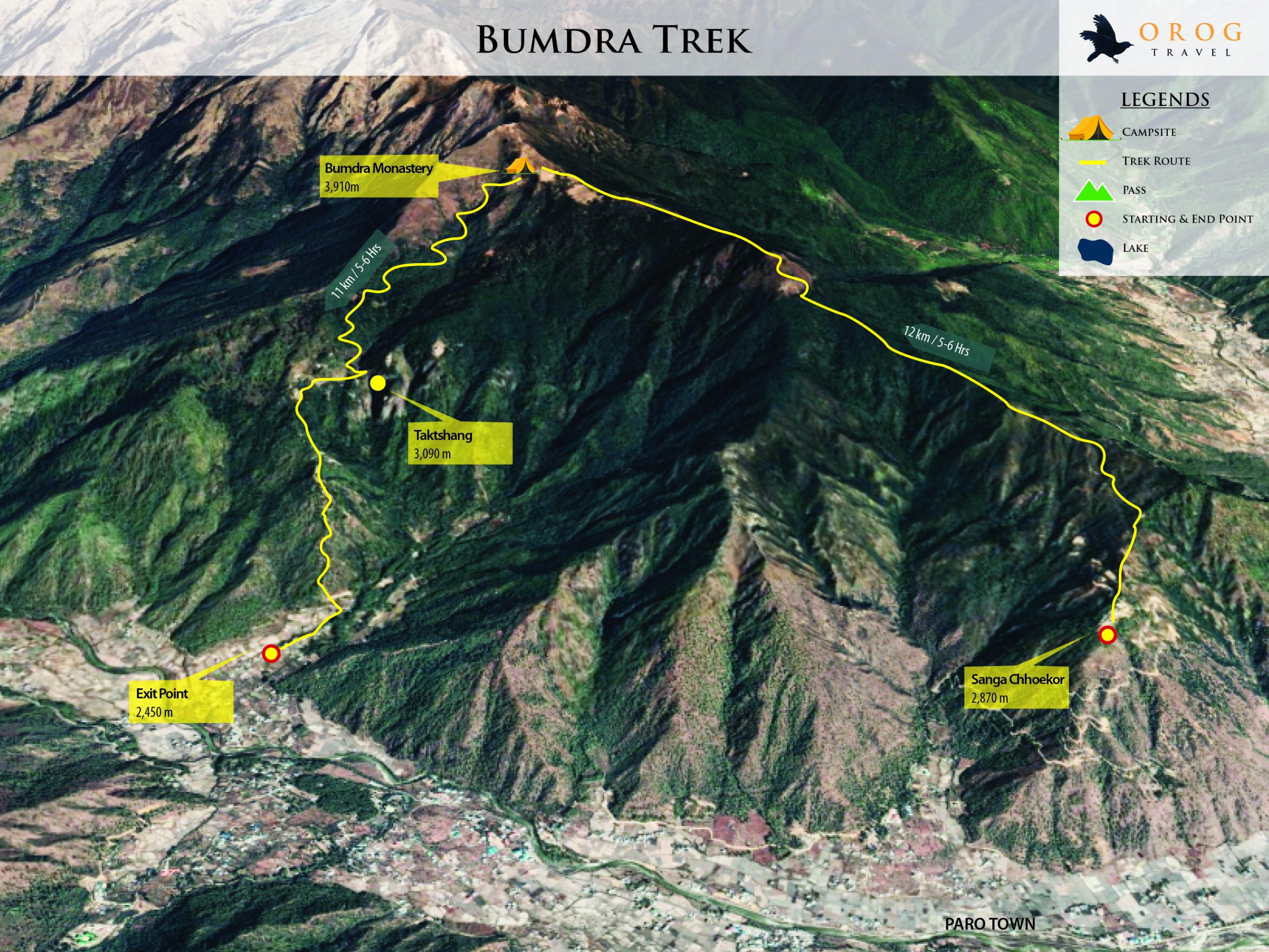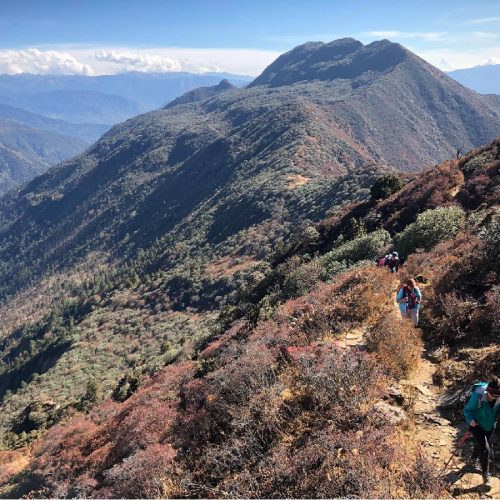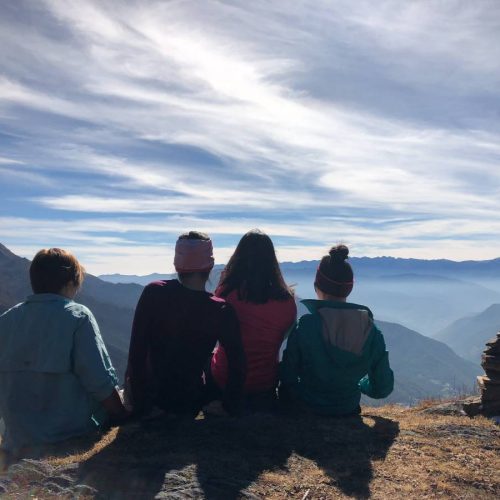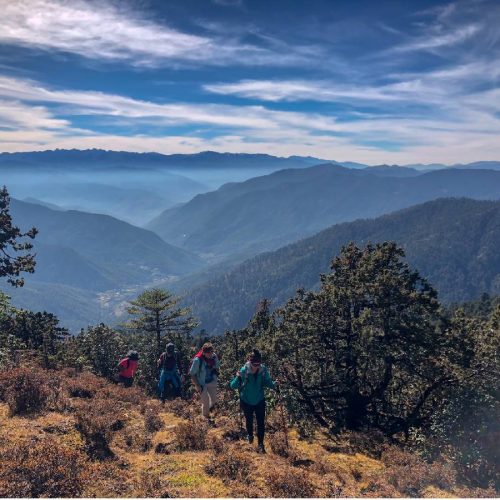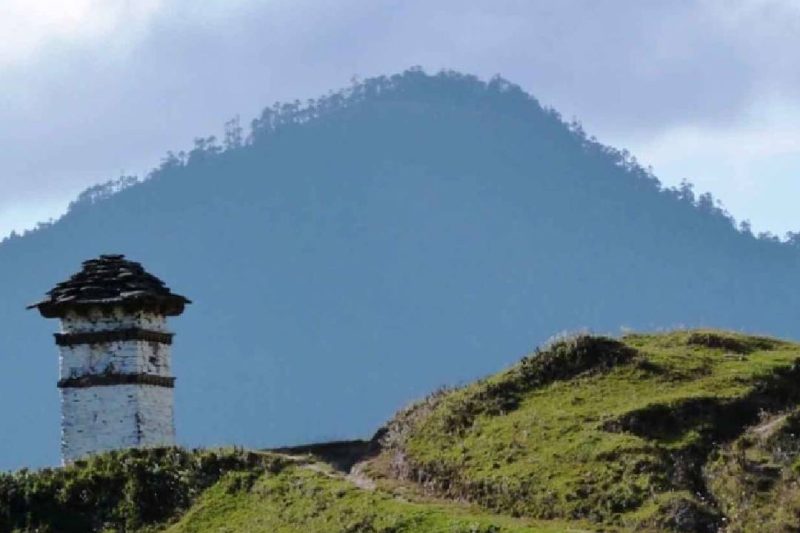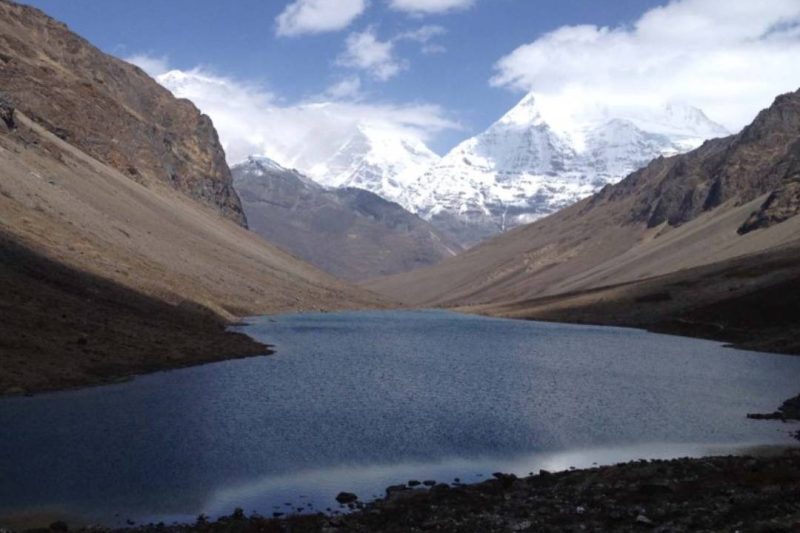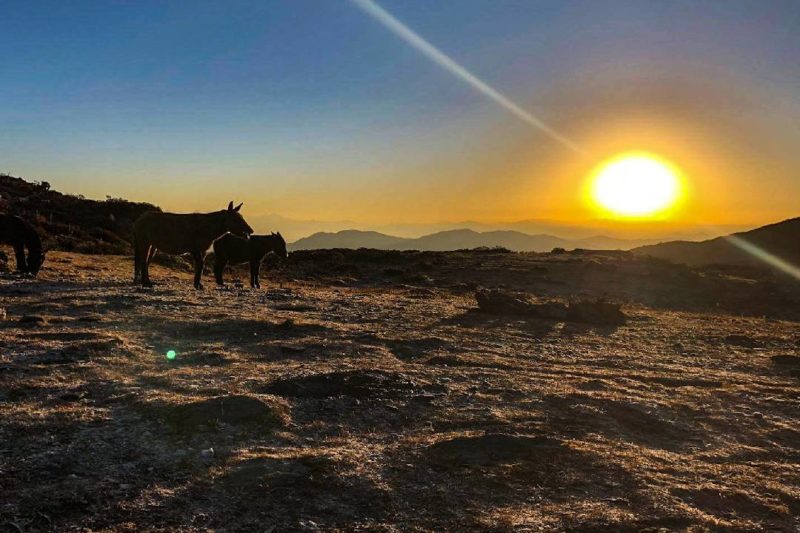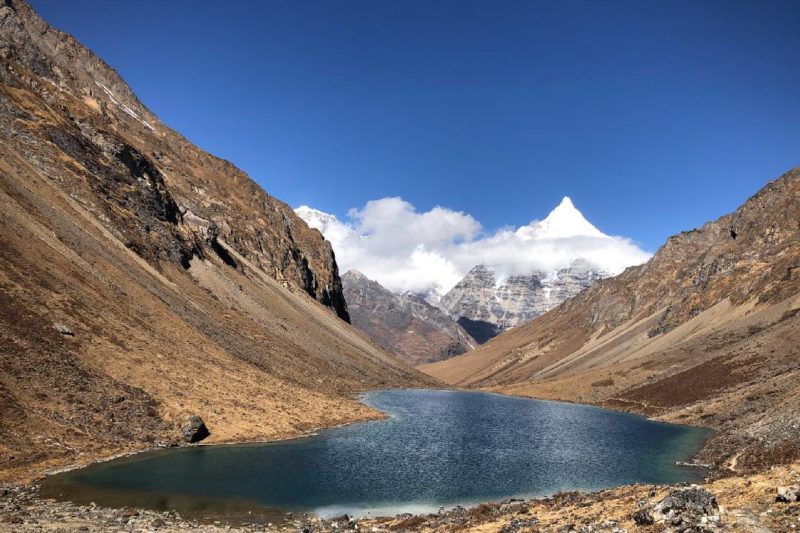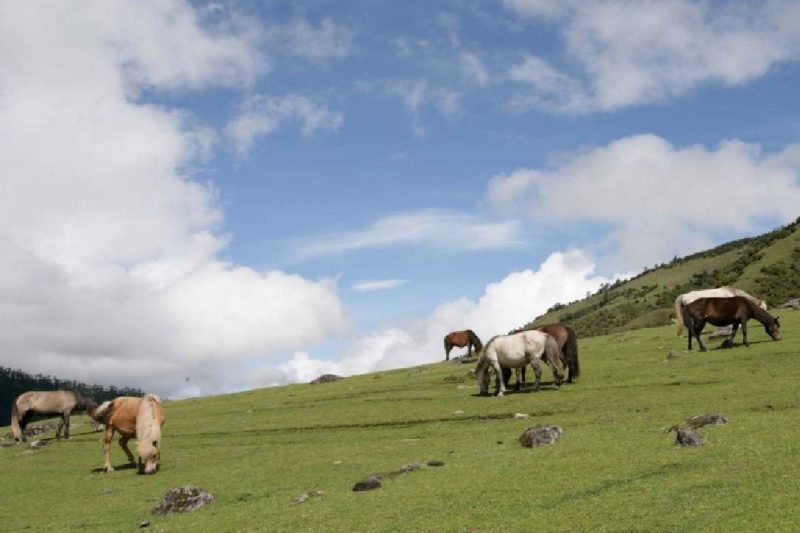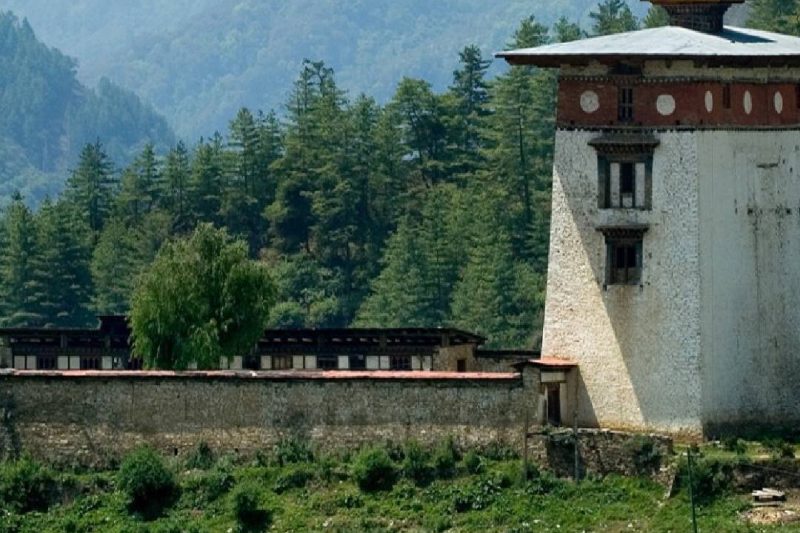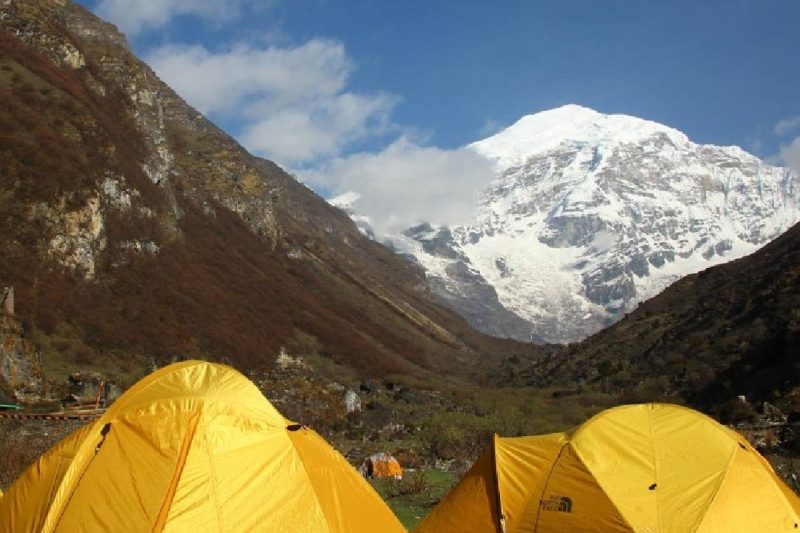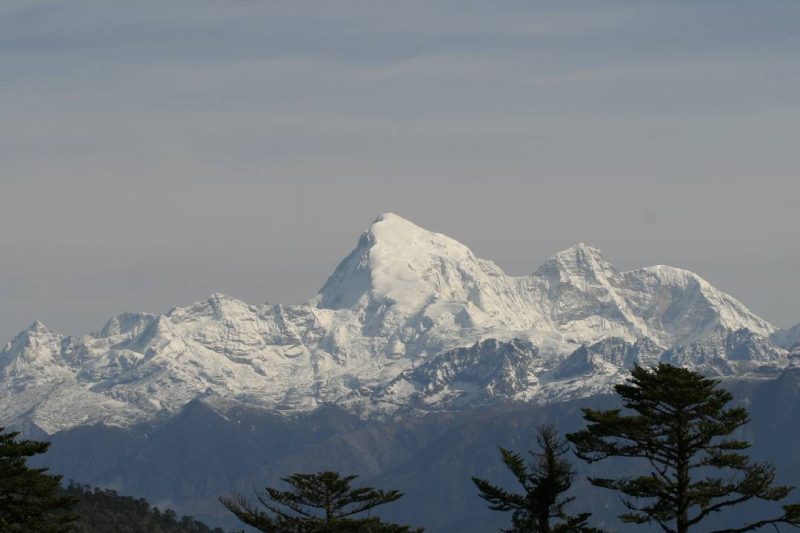A short trek through Bhutan’s most iconic landmarks and breathtaking sights. Experience the 2 days Bumdra Trek crossing stunning landscape. Pristine lush forests and incredible views of the Himalayan ranges. A perfect combination of cultural and trekking experience in Bhutan. This tour will also provide a travel experience through the capital of Bhutan- Thimphu, Punakha – the old capital, and Paro valley. Highlights in this tour includes Punakha Dzong, “Palace of Great Happiness” and Paro Rinpung Dzong, “Fortress of The Heap of Jewels” finest examples of Bhutan’s unique architecture.
Altitude in Paro: 2,280m
Altitude in Thimphu: 2,320m
Distance: 55km
Estimated travel time: 1.30hr
Onboard the aircraft, the flight is treated to spectacular views of snow peaked mountains and the Himalayan ranges. Paro airport (2,280m) is Bhutan’s only international airport where our dedicated team will then take you to the capital city Thimphu, an estimated one-and-a-half-hour drive of 55km.
National Memorial Chorten – one of Bhutan’s most prominent buildings. The Chorten is the monument of world peace and prosperity. For Bhutanese, the site also serves as the memorial to their Third King, His Majesty Jigme Dorji Wangchuck (1928-72).
Buddha Point (Buddha Dordenma) - At a height of 51,5m, placed on top of a hill in Kuenselphodrang Nature Park, the sight of the enormous statue of Shakyamuni Buddha is stunning and unforgettable. This giant statue is one of the largest in the world and is said to emanate an aura of peace and happiness.
Exploring the nooks and crannies of Thimphu city. Walk the streets of the capital, live the commotion, and experience the nightlife with good food and music.
Altitude in Thimphu: 2,320m
Changangkha Lhakhang- This traditional Bhutanese temple perched like a fortress on a ridge above central Thimphu hums with pilgrim activity. It was established in the 12th century on a site chosen by Lama Phajo Drukgom Shigpo, originally from Ralung in Tibet. A chance to give the resident astrologer your birth date and he will consult divination charts to decide what kind of protective prayer flags will benefit you. Observe the shrine to the tshomen (mermaid) in the central courtyard and the excellent view from the kora (circumambulation) path around the compound.
Folk Heritage Museum- get an insight into rural Bhutanese life and art.
National Textile MuseumThe heritage museum replicates a rural house in the mid-19th century, using rammed mud timber, presenting objects like the leopard-skin bags and Brokpa yak-hair ‘spider’ hats. The art of Thagzo (weaving) with different styles and on a variety of materials will also be presented.
Jungshi Handmade Paper Factory- Learn how the traditional Bhutanese paper Deh-sho is produced. Made from daphne and dhekap trees, Deh-sho paper is used by the monks for woodblock and manuscript books, and for writing prayer books.
Centenary Farmers Market (weekends only)- Located below the main town, near the Wang Chhu River, Thimphu’s weekend market is by far the largest domestic market for the farmers in Bhutan.
Farmers come from all over the country to sell their farm products in the market. With its wide assortment of fresh and organic produce, the Farmer’s Market has become a favourite spot for tourists and a recreational place for people from all walks of life.
National Institute for Zorig Chusum (The Arts and Crafts School or Painting school)- The students here are enrolled in a different course that teaches the 13 traditional arts of Bhutan.
Tashicho Dzong (Fortress of The Glorious Religion)- Tashichho Dzong has been the seat of the Bhutan government since 1952. Through the years, the dzong has gone through expansions and renovation and presently houses the throne room and offices of the king, the secretariat and the ministries of home affairs and finance. Other government departments are housed in buildings nearby.
Exploring the nooks and crannies of Thimphu city. Walk the streets of the capital, live the commotion, and experience the nightlife with good food and music.
Altitude in Punakha: 1,300m
Distance: 75km
Estimated travel time: 3hrs
Dochula Pass (3,050m)- Panoramic view of the Himalayan mountains. The pass is a popular location among tourists as it offers a stunning 360 degree panoramic view of the Himalayan mountain range. The view is especially scenic on clear, winter days with snowcapped mountains forming a majestic backdrop to the tranquility of the 108 chortens gracing the mountain pass.
Punakha Dzong (Palace of Great Happiness)- Built-in 1637, it is said to be the most spectacular dzong in Bhutan. Punakha Dzong was built at the confluence of two major rivers in Bhutan, the Pho Chhu and Mo Chhu, which converge in this valley.
In addition to its structural beauty, until the mid-1950s, it still served as Bhutan’s capital and the seat of the government. All of Bhutan’s kings have been crowned here, and it has witnessed the memorable wedding of the King of Bhutan, Jigme Khesar Namgyel Wangchuck to Jetsun Pema in 2011.
Pho Chhu Suspension Bridge- Measuring at 160m in length, this is Bhutan’s longest suspension bridge. Spectacular sight of Punakha Dzong and Pho Chhu Valley.
Khamsum Yulley Namgyal Chorten (1,500m)- A leisure 1 hour hike to witness Bhutan’s finest example of tradition and architecture. A unique attribute of this Chorten setting it apart from the rest is in its architecture- designed on the principals delineate within the Holy Scriptures instead of trendy engineering manuals. The golden spire and labyrinthine wall patterns square measure fine example of art and traditions.
Altitude in Punakha: 1,300m
Distance: 125km
Estimated travel time: 4hrs
Chimi Lhakhang- Hike to the Temple of Fertility (altitude: 1,500m). An enjoyable hike, taking about 30 minutes through the rice and mustard fields and the uniquely decorated houses of Lobasa Village
Paro Rinpung Dzong (Fortress of The Heap of Jewels)- Rinpung Dzong is an ancient fortress in traditional Bhutanese architecture with a complex of courtyards, temples, administration offices and open space surrounded by towering walls. All the buildings are equipped with huge windows with elaborate wooden carvings of traditional Bhutanese motifs. Paro Dzong is considered one of the finest examples of Bhutanese architecture and it’s one of the top tourist attractions in Bhutan. This impressive dzong is also seen during landing into Paro Airport.
National Museum of Bhutan – Ta Dzong. Originally built as a watchtower in 1649, atop a hill above the Rinpung Dzong, overlooking the whole picturesque Paro valley. Converted into a museum in 1968, its extensive collection includes astonishing antique thangka paintings, weapons and armor, and rich diversity of natural and historic artifacts.
Shagzo (Bhutanese woodturning at Sangay Wood Turning Factory) - The shagzo techniques use the age-old methods and each product is unique in shapes, sizes and colours. Learn the Shagzopa (Shagzo artisans), the essential steps in creating the elegant and functional products like wooden bowls (dapa), cups (dza phob) and plates with beautiful patterns, while keeping the ‘soul’ of the wood in it.
A stroll through Paro town.
Trek day 01 – Distance: 7km; Ascent: 960m
Sang Choekor Shedra, a Buddhist college (2,900m)- start of trek with an ascend providing a grand view of Paro Valley and Does Chhu valley.Climbing up to the ridge, we will get to an
Choechotse Lhakhang temple (3,650m) will take approximately 1-2 hours of walking. This section of the trek will provide views of the Himalayas. The landscape of Paro will also be visible with snowcapped mountains throughout the northwest.
Bumdra Monastery- Camp site will be set near the monastery with an experience through picturesque meadow dotted with sacred chortens and prayer flags. Avisit to the Bumdra monastery, at an altitude of 3,700m and a chance to interact with the monks and receive blessings.
Trek day 02 – Distance: 7km; Descent: 1,260m
The day begins with a descend down the valley crossing lush forest of pine trees of rhododendrons and continuing on the monk’s zigzagging trail.
Gardens of Zangto Pelri (Heaven on Earth)- A chance to witness a rare view of the Taktsang monastery from the mountain edge showcasing the splendid sight of Taktsang monastery’s ornate rooftops perching against the cliff far below.
Taktsang Monastery (Tiger’s Nest)- at 3,000m above sea level, this is one of the most sacred sites of Bhutan. It is believed that Guru Padmasambhava (Guru Rinpoche) came here on the back of a tigress in the 8th century. Lunch will be served at the Taktshang cafeteria and descend towards the Paro valley floor. The journey will take 6-7 hours in total.
Kyichu Lhakhang- one of the 108 temples built throughout the Himalayas by the Tibetan King Songtsen Gampo in the 7th century. The main chapel has roots as far back as the 7th century, with additional buildings and a golden roof added in 1839 by the penlop (governor) of Paro and the 25th Je Khenpo. Elderly pilgrims constantly shuffle around the temple spinning its many prayer wheels, making this one of the most charming spots in the Paro valley.
Traditional meal at a farmhouse learning about Bhutanese daily life. A traditional hot stone bath at the farmhouse after all the hiking is also an option provided for relaxation.

